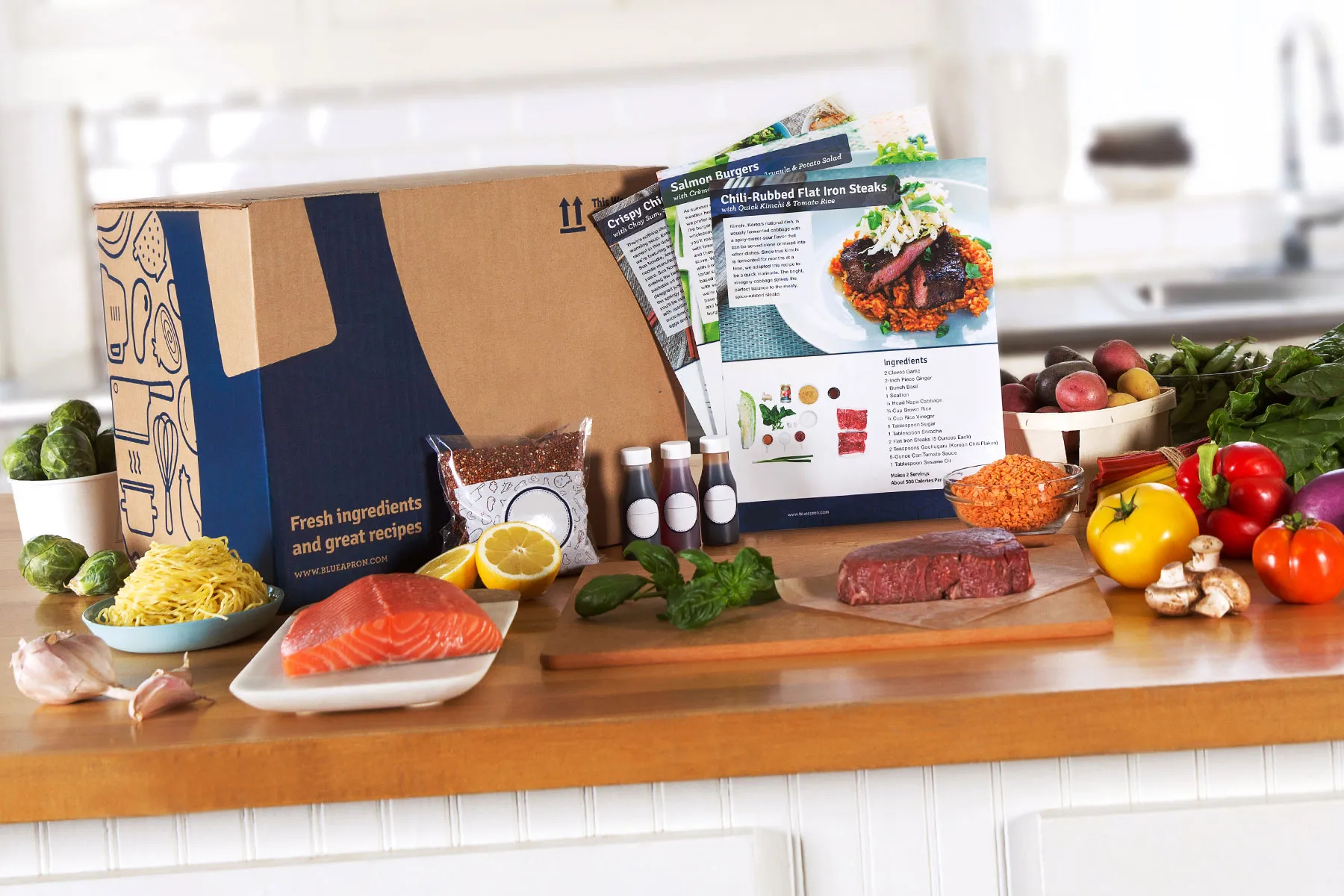The question “What’s for dinner?” becomes more complicated when you have diabetes. Along with budget and time, you need to think about how many grams of carbs, fat, and sugar are in a recipe, and what the meal might do to your blood sugar level.
That’s where a diabetes meal delivery plan can be your ally.
“The right meal delivery service can take the guesswork out of eating a balanced meal,” says Melissa Nieves, LND, MPH, registered dietitian and author of the Fad Free Nutrition Blog. “Sometimes people don’t have the time to plan, shop for ingredients, or prepare a meal, which makes ordering from a meal service a great option.”
Meal delivery plans offer cost savings compared to eating out, and the convenience of not having to cook yourself. They also give you more control than eating in restaurants.
“Most times, meals eaten out are high in fat, sugar, and sodium — ingredients that people with diabetes should limit,” says Sandra Arévalo Valencia, MPH, spokesperson for the Association of Diabetes Care and Education Specialists. “Home-delivered meals that are customized for your health care needs should be lower in these nutrients.”
Meal plans also make it harder to overeat. Portions are usually smaller than restaurants and require less dividing up than big-batch recipes. Still, you’ll want to check how many meals come in a serving.
“A lot of them come with four servings,” says Eugene Arnold, program manager for the Johns Hopkins Diabetes Center’s Diabetes Self-Management Training program. “If you get a meal kit made for a family, and you and your significant other eat the whole kit, you kind of defeat the purpose.”
Some meal delivery programs send you the ingredients ready to assemble. Others ship you a fully prepared meal that you heat and serve. But not all meal plans are equally diabetes-friendly.
Any meal plan you choose should be based on the government’s My Plate healthy eating guide, says Tami Ross, spokesperson for the Association of Diabetes Care and Education Specialists.
“About half of the plate should be covered with non-starchy vegetables, because those aren’t going to affect blood sugar much,” she says. Examples are broccoli, carrots, zucchini, peppers, and asparagus. Divide the other half of your plate evenly between a protein like chicken breast, fish, or tofu and a starch such as corn, quinoa, or brown rice.
Other things to look for are programs that were designed by a dietitian and that feature nutritional information, Ross says.
A few more things to consider when you’re comparing plans:
- Are the meals low in calories, sugar, saturated fat, carbohydrates, and sodium?
- Are they prepared using fresh ingredients?
- Can you customize them to your health needs, tastes, preferences, and food sensitivities/allergies?
- Can you afford the plan?
- How much prep work will you have to do?
The most important question to ask is, will you like the food? “You’ve got to pick something that’s sustainable,” Arnold says.
Keeping track of your carb count is an important part of managing diabetes. If you’re overweight, you’ll also want to know how many calories you get in each meal. And the sodium content is important for anyone who is also managing high blood pressure.
Some plans include a nutrition facts label on their meals. If not, you’ll have to do a little sleuthing on the company’s website or call them and ask for the nutritional information.
“My last resource would be to search and calculate the calories of the meals using a website or app such as nutritiondata.com,” Valencia says. A registered dietitian can also help you decipher the nutritional content of the meals.
Watch out for hidden sources of carbohydrates. “Mysteries are going to be in the sauces,” says Scott Crow, PhD, a diabetes educator at University of Florida Health Shands Hospital. Some sauces and gravies have lots of added sugar or are thickened with flour or cornstarch. If you’re not sure what’s in the sauce, Crow suggests ordering it on the side and using it sparingly.
The real test of a meal delivery plan is its effect on your blood sugar. “What folks need to do is check their glucose before they eat, eat the meal, and then check it 2 hours after,” Arnold suggests. “Then you’ll be able to see how much your glucose levels have changed. That will tell you right away if the plan is good for your diabetes.”
A diabetes meal delivery plan makes it easy to eat at least one healthy meal a day. But you’re still on your own for the other two meals. You might borrow some tips or recipes from your meal service to help plan breakfast and lunch.
Crow suggests focusing your meals on whole foods like fruits, vegetables, and whole grains. They’re good sources of fiber and other nutrients. “The more fiber you have, the longer it takes your stomach to digest a meal. You have less of a glucose spike,” he says.
Don’t forget one critical part of a meal that won’t come in your plan. “You may order your meals delivered, but what do you drink with them?” Ross asks. Sodas, sweet tea, and fruit juices are full of carbs and calories. And alcohol may make your blood sugar plunge. Water or sugar-free drinks are the best beverages to accompany your meal.






